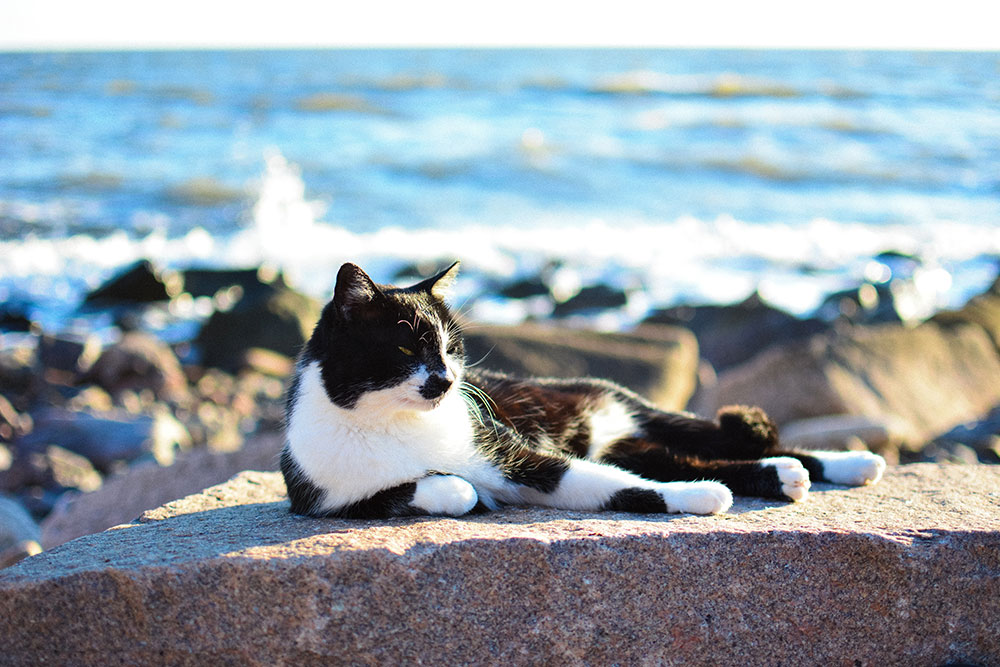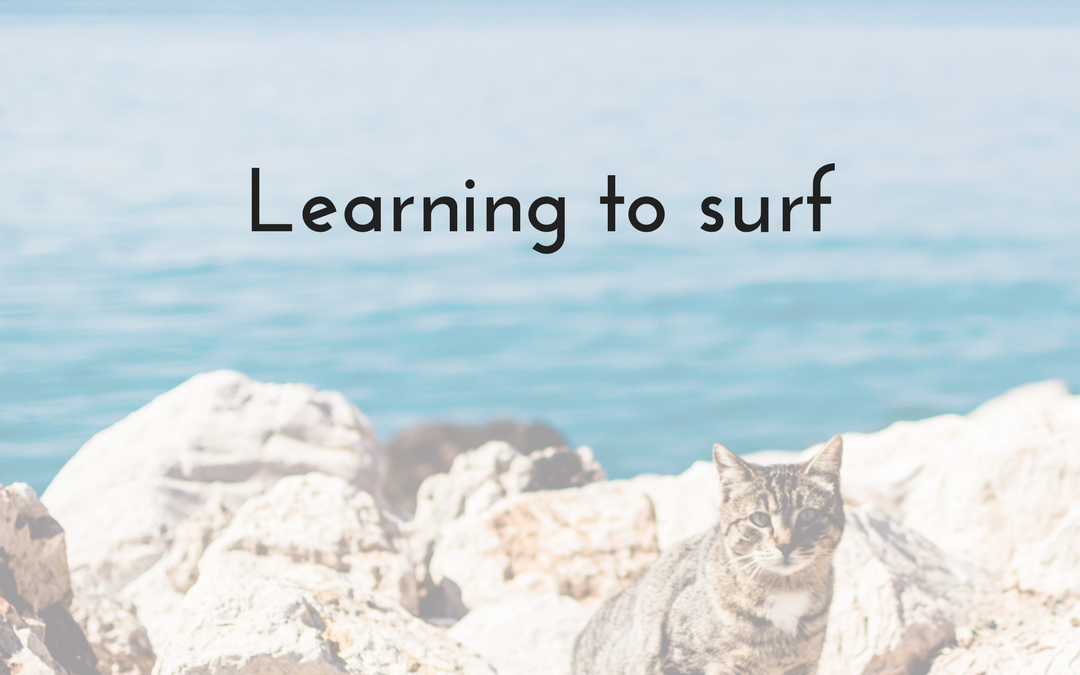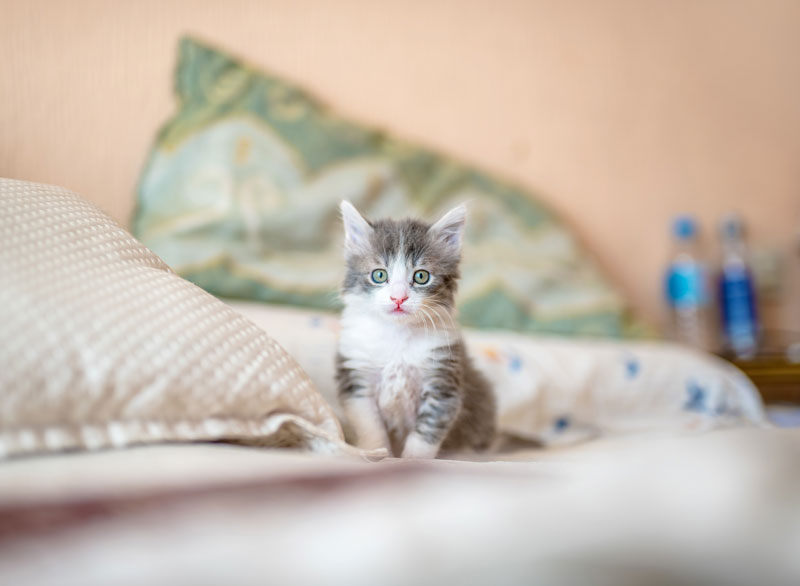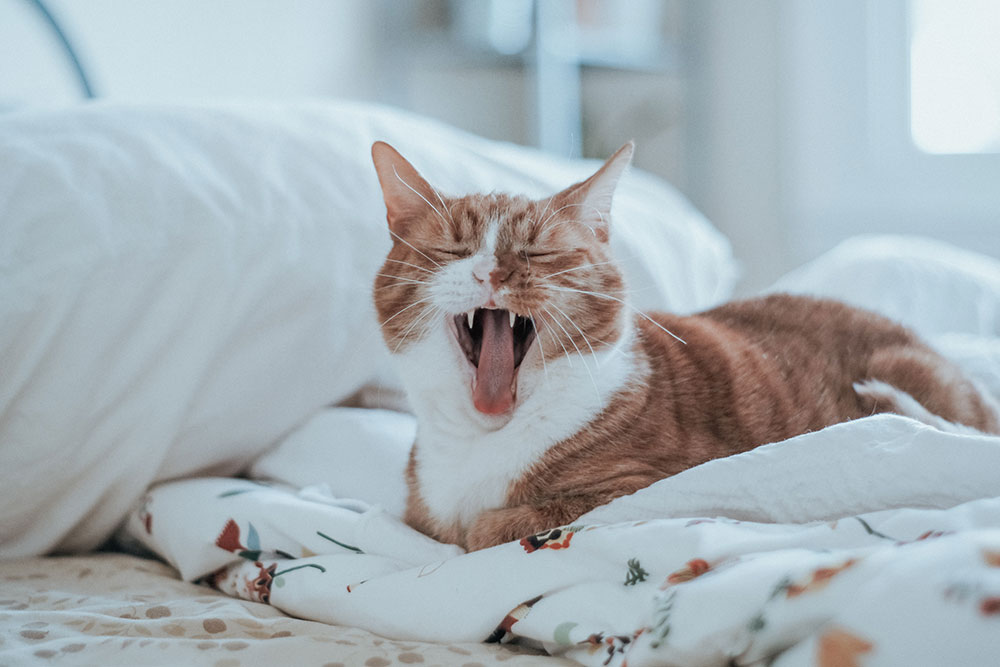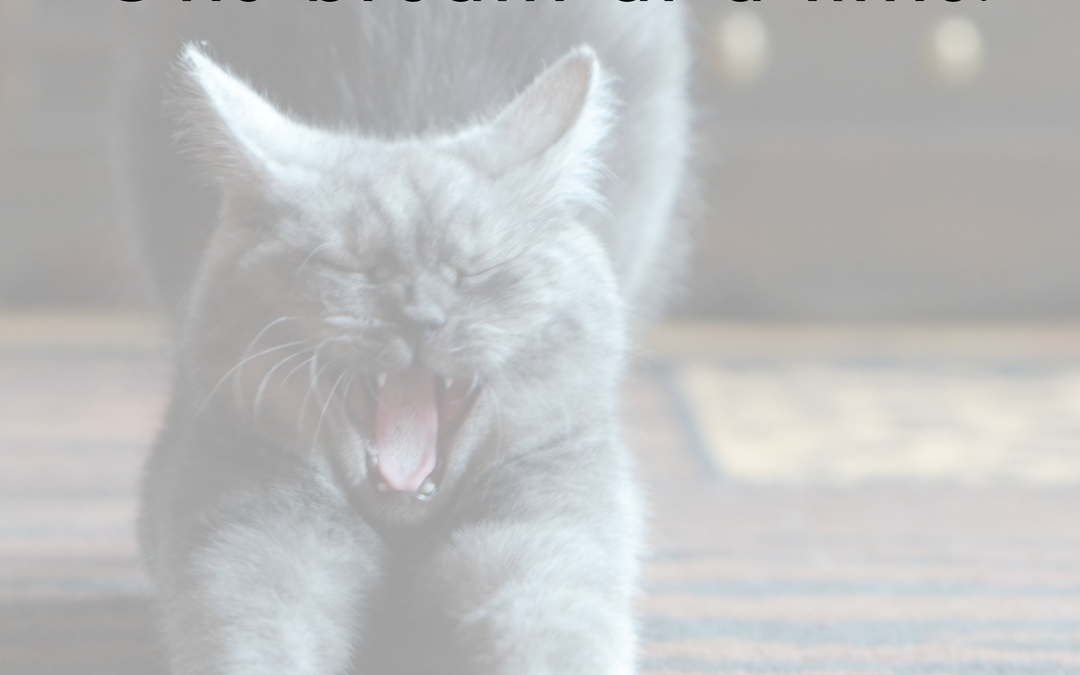If you are grieving the loss of a foster kitten, please read this excellent post by Hannah Shaw (Kitten Lady). If you are grieving a “resident” kitten (one you had planned to live with through their full lifespan)), I hope you’ll find comfort in this post.
When a kitten dies, it’s particularly painful, because as a species, humans are hardwired to care for vulnerable babies (of any species). We expect them to live a full and long life, rescued from the perils of fending for themselves, and surrounded by comfort. It feels to us as though their lives were cut short.
There are wide-ranging estimates of mortality rates for kittens younger than 12 weeks, but few are lower than 15% (some are as high as 70%). There are many reasons for this: maternal health problems, developmental issues (especially with kittens who were conceived later than their littermates), blood-type incompatibility, umbilical site infection…the list goes on.
Even in circumstances where a mama cat is healthy and well cared for throughout her pregnancy, deaths happen. Rescue cats are often far from healthy when they come into foster care, which means a higher percentage of their kittens are likely to have some of the issues above.
When a kitten dies, we want to know why. Our human minds like to figure things out. It gives us the illusion of control. But sometimes, we can’t know. And allowing that space of uncertainty is harder than coming up with theories. It’s easier to blame, attack or theorize than to sit with the pain of loss.
Everything that is born, dies. Sometimes sooner, sometimes later. It’s an irrefutable fact of nature. Some species have a lifespan of only a few hours. When we cling to ideas of how it “should” be, we suffer—and that compounds the pain of grief.
Nearly every experienced foster I know has endured kittens dying in their care, and it’s especially painful for them. They do everything right, staying up around the clock, tube feeding, racing to the emergency vet at 3am—but still, sometimes kittens are just here for a short visit. Or, as Shelly Roche of Tinykittens said of one recently, “He was just passing through.”
This is the most heartbreaking part of “kitten season.” It’s the reason those of us involved in rescue advocate for spaying and neutering, to prevent this unnecessary suffering. Veterinary care is advancing every day, and people like Hannah Shaw (Kitten Lady) are doing an amazing job of educating as many people as possible on neonatal kitten care (the highest mortality rate is among orphaned kittens). But even with the absolute best care in the world, not every kitten can be saved.
We can find solace in the knowledge that kittens in foster care inevitably lived longer than they would have in the wild, and that they knew comfort, love and safety while they were here.
Photo by Kote Puerto on Unsplash
